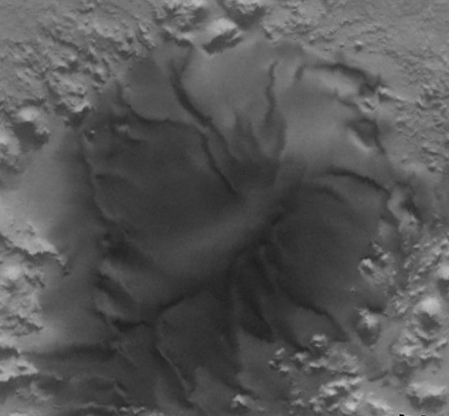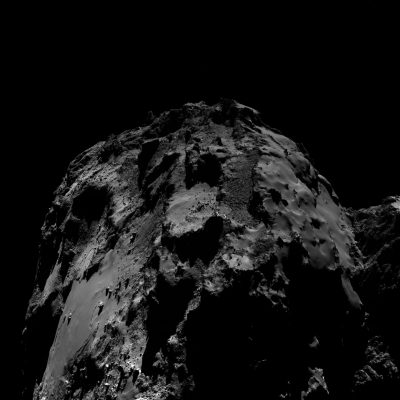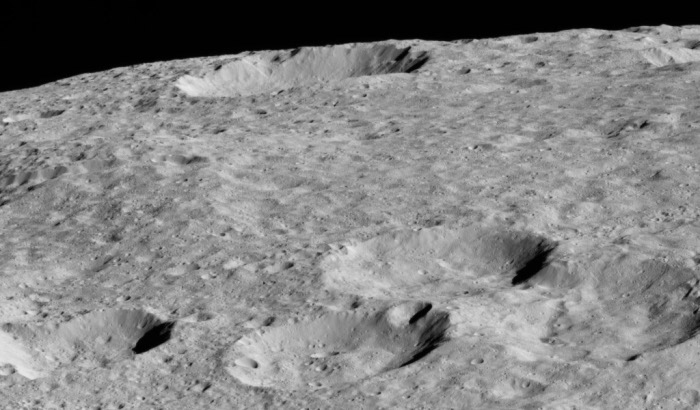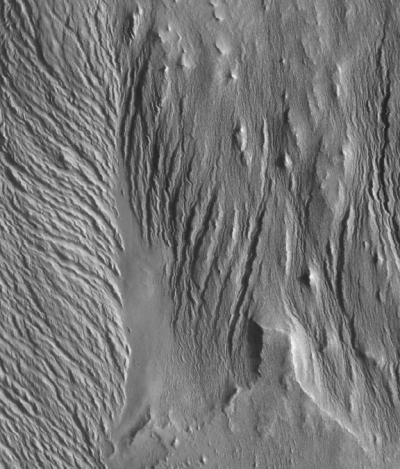More evidence ULA will pick Blue Origin over Aerojet Rocketdyne
In a press interview published in late July, a ULA executive confirmed that the company is going to pick Blue Origin’s BE-4 engine for its new Vulcan rocket.
ULA used a Russian engine for its expendable Atlas V booster but has long relied on U.S. suppliers such as Aerojet Rocketdyne. For Vulcan’s reusable engine, ULA is turning to Jeff Bezos’s Blue Origin. The company’s cutting-edge BE-4 is powered by liquid natural gas instead of kerosene or liquid hydrogen.
By partnering with a startup like Blue Origin, ULA gains other advantages. “There is a world of difference between the culture at Blue Origin and the culture at Aerojet Rocketdyne,” said [Dr. George F. Sowers, ULA’s vice president for advanced programs]. “We knew we could absorb some of their culture by osmosis, just by working with them.” That influence shows up in cross-team collaboration. “We are literally breaking down walls to create a ‘Silicon Valley’ workspace,” Sowers said.
Sowers is very careful to say nothing about the Atlas 5 and the engine that will replace the Russian engine in its first stage. ULA originally signed its deal with Blue Origin with the Atlas 5 in mind, but has not made a final decision between Blue Origin and Aerojet Rocketdyne because Congress appears to favor Aerojet Rocketdyne’s engine, and Congress is a very big gorilla you do not upset. However, their development plans for Vulcan are incremental and closely linked with the Atlas 5. They plan to introduce Vulcan piecemeal in various upgrades of Atlas 5 as they go, so if they are set on using Blue Origin’s engine in the Vulcan rocket, it probably means that they plan on using it to replace the Russian engine in Atlas 5. This interview appears to confirm this.
In a press interview published in late July, a ULA executive confirmed that the company is going to pick Blue Origin’s BE-4 engine for its new Vulcan rocket.
ULA used a Russian engine for its expendable Atlas V booster but has long relied on U.S. suppliers such as Aerojet Rocketdyne. For Vulcan’s reusable engine, ULA is turning to Jeff Bezos’s Blue Origin. The company’s cutting-edge BE-4 is powered by liquid natural gas instead of kerosene or liquid hydrogen.
By partnering with a startup like Blue Origin, ULA gains other advantages. “There is a world of difference between the culture at Blue Origin and the culture at Aerojet Rocketdyne,” said [Dr. George F. Sowers, ULA’s vice president for advanced programs]. “We knew we could absorb some of their culture by osmosis, just by working with them.” That influence shows up in cross-team collaboration. “We are literally breaking down walls to create a ‘Silicon Valley’ workspace,” Sowers said.
Sowers is very careful to say nothing about the Atlas 5 and the engine that will replace the Russian engine in its first stage. ULA originally signed its deal with Blue Origin with the Atlas 5 in mind, but has not made a final decision between Blue Origin and Aerojet Rocketdyne because Congress appears to favor Aerojet Rocketdyne’s engine, and Congress is a very big gorilla you do not upset. However, their development plans for Vulcan are incremental and closely linked with the Atlas 5. They plan to introduce Vulcan piecemeal in various upgrades of Atlas 5 as they go, so if they are set on using Blue Origin’s engine in the Vulcan rocket, it probably means that they plan on using it to replace the Russian engine in Atlas 5. This interview appears to confirm this.





